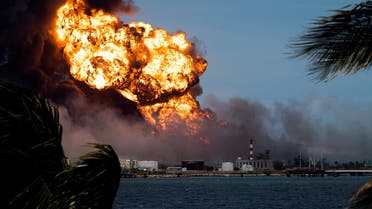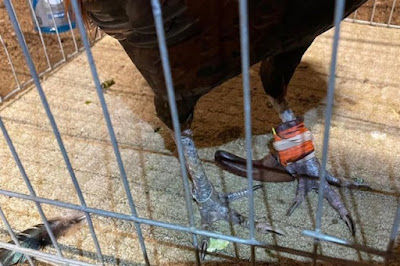A ground-penetrating radar search for unmarked graves began Tuesday at the site of a former residential school in central Alberta.

© Provided by cbc.ca
It is now the home of University nuhelot'įne thaiyots'į nistameyimâkanak Blue Quills, an Indigenous education centre operated by seven First Nations.
"We've heard from many survivors over the years about burials happening and children dying," said president Sherri Chisan in an interview Tuesday.
"And there's a sense of urgency because a lot of the people who were here as children are aging, and with all of the attention that has come in the last year, people want to know."
The search is using funding from Crown-Indigenous Relations and Northern Affairs Canada with further support coming from university resources.
Roman Catholic missionaries established the school at Lac La Biche, Alta. in 1891. The buildings were moved to the Saddle Lake First nation in 1898 and were renamed Blue Quills.
The school was relocated in 1931 to a spot near St. Paul, Alta., approximately 150 kilometres northeast of Edmonton.
In 1971, the school was planned to be shuttered by the federal government but the community fought back to transform it into the first residence and school controlled by First Nations people in Canada.
"Our ancestors, our parents, and our grandparents said, 'No, we'll take over the school, we'll run it and it will be a place where our people can recover and restore what was taken from them in residential school,'" Chisan said.
The search is being led by Dr. Kisha Supernant, director of the Institute of Prairie and Indigenous Archeology at the University of Alberta. It is scheduled to take five days but analysis of the results is not expected until mid-winter.
Another group has formed to organize a search of the previous site in the Saddle Lake Cree Nation.
Community wellness
The well-being of the community is front-of-mind for both during and after the search.
"We have a fire that will be maintained throughout the search," said Chisan.
"And right now there's a bunch of elders sitting around that fire sharing stories, talking to each other helping one another healing."
Chisan said she's grateful for the elders who have led ceremony, singers who have sung songs of healing and the survivors and families that have come out in support.
Traditional cultural and mental health supports will be on site throughout the search and healing gatherings are planned to be held regularly.
"We are doing ceremony daily on site, and we will be working with our community to hear their ideas and hear their stories," said Terri Cardinal, the project's co-ordinator and a member of the Saddle Lake Cree Nation.
People will also be on hand to listen to survivor stories, she added.
The area being investigated in this phase is the south lawn of the main building. Cardinal said this is only the first of future projects as the site totals hundreds of acres.
"We know this is going to take many years."







.jpg)















